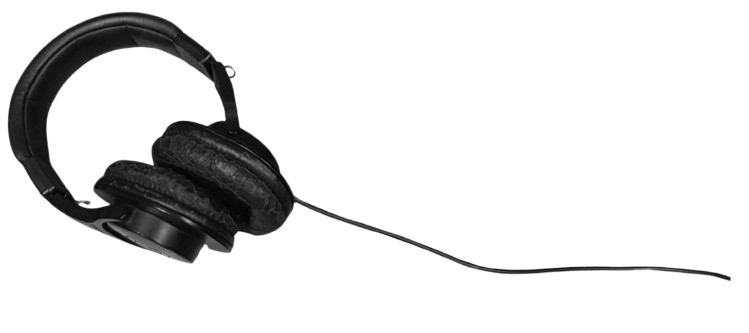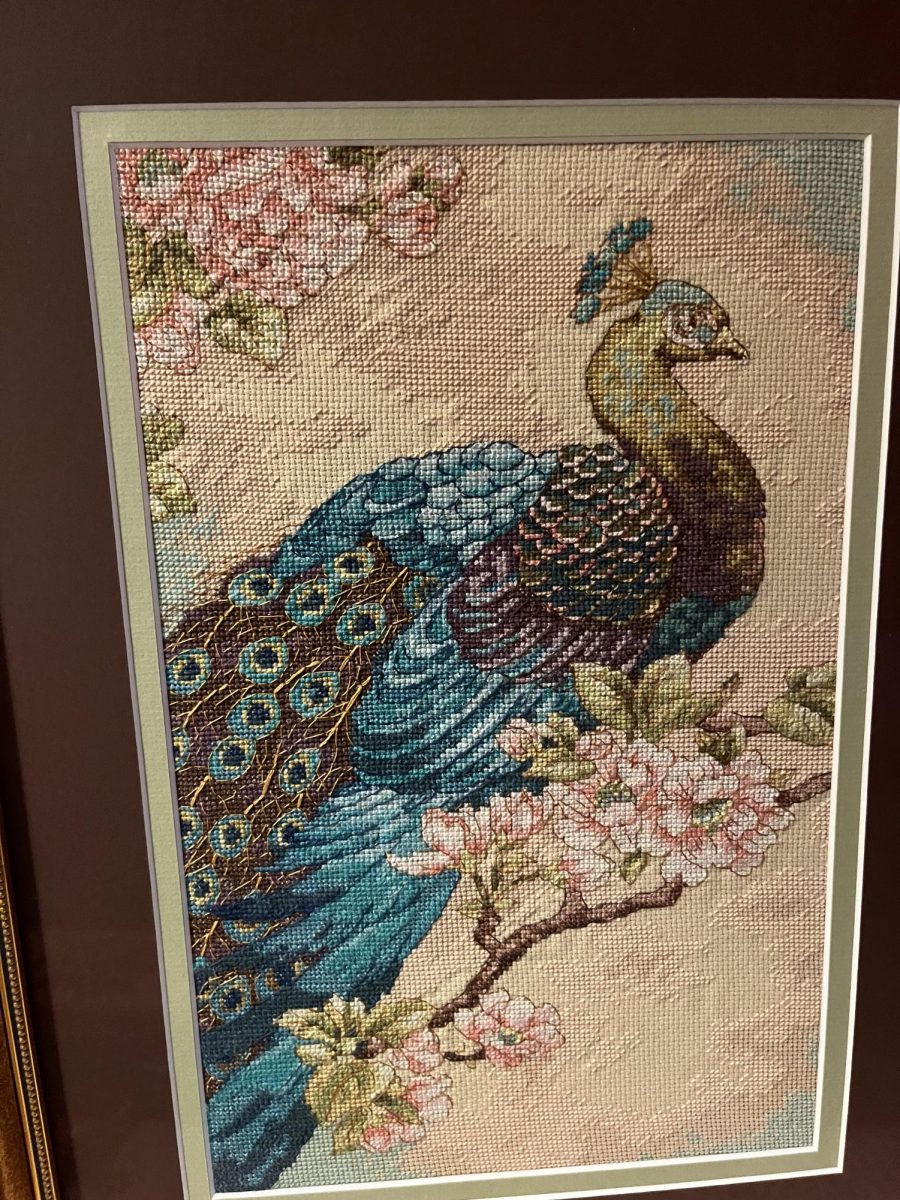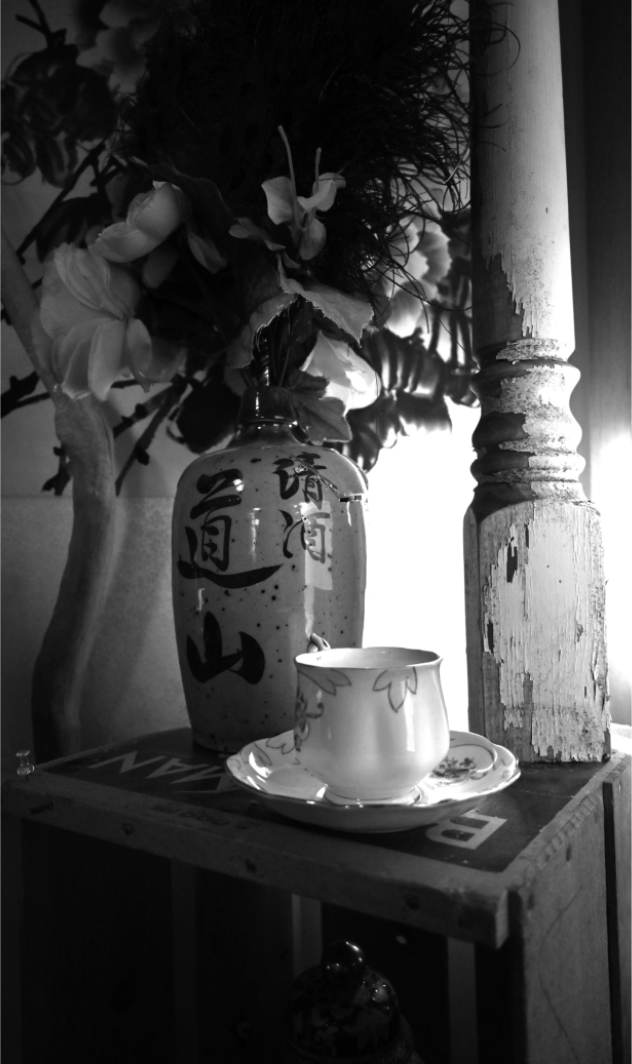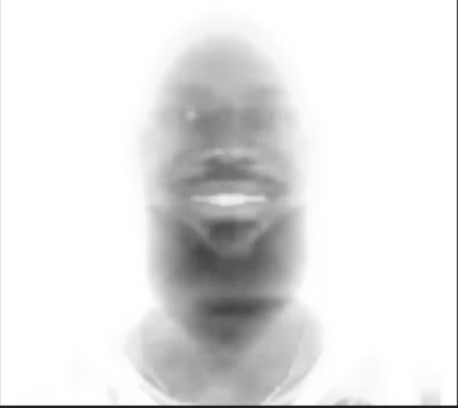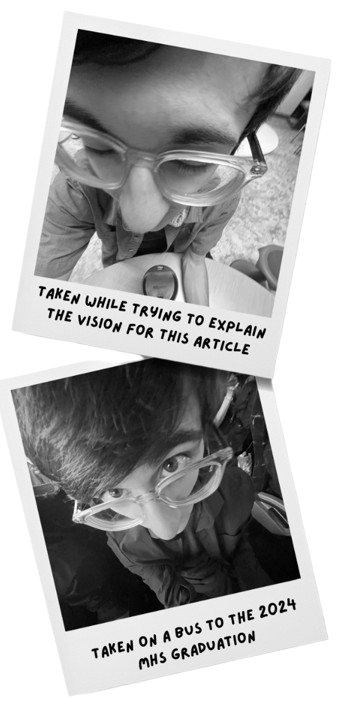At the end of last summer, I set a goal: to listen to an album a day. I have stuck to it pretty well, some days listening to more than one album, but some days not listening to one at all. I have, as of the time of this publication, listened to over 200 of them. This is my pitch for why music should be mainly listened to within their respective albums.
Songs need context.
Songs need context to be fully appreciated. Without listening to the album chronologically, the nuances that turn songs from ear candy into artistic expression are lost. Think about Pink Floyd’s “Money”. The strength of the song on its own hides how much better it is in the context of Dark Side of the Moon, even though the album isn’t necessarily concept-driven. The preceding songs are intentionally shapeless, without any clear musical form or rhythmic structure. “Money” acts as the pivot point of the album, transitioning the record from an opaque collection of sounds strung together by sparse lyrics and loose rhythms into, what is in my opinion, a beautiful commentary on the things we exchange in order to live our life and the absurdity of the human experience. The preceding and succeeding tracks are what bring the song to life; that and David Gilmour.
Albums tell stories.
Albums tell stories, implicitly or explicitly, intentionally or not. Kendrick Lamar’s Good Kid, M.A.A.D City, David Bowie’s The Rise and Fall of Ziggy Stardust and the Spiders from Mars, and Lorde’s Melodrama all have rising action, climaxes, and resolutions. Listening to just “Sing About Me, I’m Dying Of Thirst”, just “Starman”, or just “Sober” is like watching just the climax or the ending scenes of a movie because you like the cinematography. Even C418’s Volume Beta has implied narrative. Movie edits on Instagram reels are cool, but are even better when you’ve seen the movie.
You get to know the artist.
Appreciating a larger body of an artist’s work allows you to get closer to their authentic self. Hearing the bad songs along with the good ones humanizes the artist, and it’s what is human about art that gives it meaning. It’s the difference between reading a printed essay versus a handwritten one; words written in neat print can feel much different written in chicken scratch. “Creep” is a fantastic song, but not only is it not one of Radiohead’s better songs, it’s simply not representative of the band’s discography.
You develop a taste.
Art is art, it is not the artist’s job to create a piece that connects with you. In my opinion, it is the viewer / listener’s responsibility to discover to what degree they connect with a piece. Furthermore, the ability to appreciate a wide variety of art is not only admirable, but a muscle that can be strengthened through a combination of exercise and an open mind. You may not like the eclectic funk-psychedelia fusion of Ween’s Quebec, the memphis soul R&B of Ann Peebles, the shoegazing indie rock of Modest Mouse, Neutral Milk Hotel’s bagpipe midwest neo-folk, Standing On The Corner’s avant-garde hypnagogic pop, or Talking Heads’ synth funk Speaking in Tounges, but as you keep pushing your musical boundaries, you’ll develop a taste that is unique to you.


